|
Make an eye-catching garden more enjoyable by including fragrant plants. Incorporating aromatic flowers into the landscape adds an unforgettable dimension. Fragrant plants tend to bring up pleasant memories, and scented flowers also attract pollinators, such as bees and butterflies. Fragrance is produced by plants when their essential oils evaporate and the molecules enter the air. The most fragrant flowers are white and pastel. Create your own fragrant garden with these tips:
Fragrant Garden at the Spooner Agriculture Research Station in early June and mid-July. The specific plants in our fragrant garden are: Bordering the walkway is Sweet Alyssum (Rosie O’Day). Starting to cascade up and over on our arbor are both Moonflower and Sweet Pea. In the main part of the garden are Bee Balm, Carnation, Chocolate Flower, Heliotrope, Hyssop, Lupine, Marigold, Nicotiana, and Penstemon. Learn more at the upcoming Twilight Garden Tour on August 13 starting at 4:00pm. Submitted by Roseann Meixelsperger, Master Gardener Volunteer
0 Comments
The Herb Garden Come on out and visit the gardens. Reach down and brush the plants in the herb garden. What can you smell? Do you smell pizza? Do you smell pickles? We have dill, basil, garlic chives, onion chives and more planted in the herb garden. Come join us at the Annual Twilight Garden Tour. We will have recipes to share using herbs and different herb infused water to sample. And other fun and simple ways to include herbs in your day. Annual Twilight Tour in the Teaching and Display Garden Tuesday, August 13, 4:00 to Twilight Features guest speakers, demonstrations, displays, vegetable tastings AuthorCarla TePaske ~ UW-Extension Master Gardener Volunteer "Some old fashioned things like fresh air and sunshine are hard to beat." Laura Ingalls Wilder You never know what you are going to see at the Teaching and Display Gardens. I spotted this butterfly resting by a morning glory at the Straw Bale Garden. The gardens are full of bees, butterflies, hummingbirds and more. Take some time to come visit this summer. Come on out and take a stroll in the gardens. AuthorCarla TePaske ~ UW-Extension Master Gardener Volunteer The North Country Master Gardener Volunteer Association invites everyone to our annual Twilight Garden Tour on Tuesday August 13 starting at 4:00 p.m. and closing around 7:30 p.m. The event will be in the Spooner Agriculture Research Station Teaching and Display Gardens at 780 Orchard Lane, Spooner. The gardens are located 1 ½ miles east of Spooner on Highway 70 or ½ mile west of the Highway 70/53 interchange. All ages are invited to attend and there will be handicap parking near the gardens. We will have speakers from University of Wisconsin including Brian Hudelson (Director of the UW-Madison Plant Disease Diagnostic Clinic), Brian Smith (UW-River Falls Professor of Horticulture), and P.J. Liesch (Director of the UW-Madison Insect Diagnostic Lab) speaking about plant diseases, insects, and vegetable gardening. There will also be displays and demonstrations including how to create a Monarch Waystation, getting your garden soil tested, wine tasting, and vegetable tastings. The Spooner Garden Club, Barron County Master Gardener Volunteers, Cooperative Weed Management, Friends of the Namekagon Barrens Wildlife Area, Hunt Hill Audubon Sanctuary, and our Kids in the Garden program will be among the organizations and programs represented.
This will be a prime opportunity to check out our pollinator garden, cover crop garden beds and other creative gardening using this years All-American Selections’ theme of Recycling, Reusing, Reimagining. Hayrides to the Seed to Kitchen Garden will also be scheduled throughout the evening. The event is free to the public. In the event of rain, we will move the displays and speakers close-by into the Spooner Agriculture Research Station, 1035 E Maple Street (Highway 70), Spooner. Please call the Station at 715-635-3506 for more information if needed. The Sunflower Patch The Sunflower Patch looked like this a few weeks ago. The Sunflower Patch is looking like this as of the week of July 15th. Flowers are budding and soon the sunflower patch will be the perfect place to take a family photo. North Country Master Gardener Volunteers encourage you to come on out to the garden, sit on the bench and say "cheese" or "sunflower!" Visit the Teaching & Display Gardens The Teaching and Display Gardens are a joint effort between the Spooner Agriculture Research Station, operated by the University of Wisconsin - Madison College of Agriculture and Life Science, the University of Wisconsin Cooperative Extension and area UW-Extension Master Gardener Volunteers. Open to the public for self-guided tours during day light hours seven days a week mid-May through mid-September. AuthorCarla TePaske ~ UW-Extension Master Gardener Volunteer 2019 is the year of the Dahlia! Picking a favorite dahlia is like going through a button box. As well as coming in a rainbow of colors, dahlia flowers can range in size from petite 2-inch lollipop-style pompoms to giant 15-inch “dinner plate” blooms. Most varieties grow 4 to 5 feet tall. They are considered a tender perennial in cold regions North America. They are only winter hardy in planting zones 8 to 11. Gardeners in zones 2 to 7 can simply plant dahlia tubers in the spring and either treat them as annuals or dig them up and store for winter. 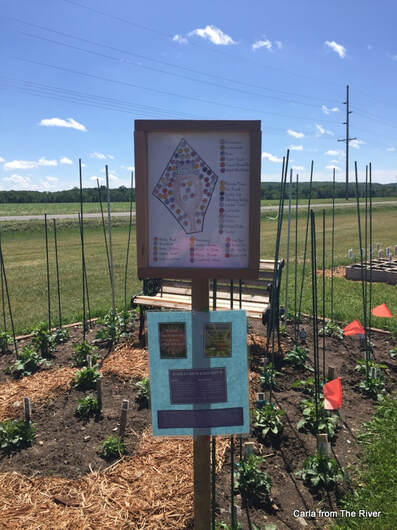 Celebrating the 2019 Flower of the Year the North Country Master Gardener's have a garden that is dedicated to dahlias. Printouts with dahlia information are available at the garden. Visit the Teaching & Display Gardens The Teaching and Display Gardens are a joint effort between the Spooner Agriculture Research Station, operated by the University of Wisconsin - Madison College of Agriculture and Life Science, the University of Wisconsin Cooperative Extension and area UW-Extension Master Gardener Volunteers. Open to the public for self-guided tours during day light hours seven days a week mid-May through mid-September. AuthorCarla TePaske ~ UW-Extension Master Gardener Volunteer Learn more about cover crops and alternative mulches at our upcoming Meet Me in the Garden on July 16 at 6:00 pm at the Spooner Agriculture Research Station Teaching and Display garden. Do you know the difference between a ground cover and a cover crop? Do you have bare ground that it weed prone?
Consider getting covered! Bare soil is a magnet for weeds and the new trend is to cover with living plants. Mulch has been the cover of choice in both the vegetable garden and perennial beds for years but there are many other options. When referring to covers that use actual plants you will see terms such as green manure (for vegetable and annual areas) or green mulch (ground covers for perennials beds). In the Teaching and Display Garden we have examples of many different mulches and the use of living plants. We all love to be out in the garden. But there are some hazards in the garden that we should keep in mind while we work.
Gardening is a labor of love even with the hazards! Helpful links:
Gardening around bees www.networx.com/article/how-not-to-get-stung-by-bees Safe Chemical Use https://www.wikihow.com/Apply-Herbicides-Safely Ergonomic gardening tools http://www.wyomingextension.org/agpubs/pubs/B1238.pdf Poisonous plants in Wisconsin https://www.wiscontext.org/5-poisonous-plants-avoid-wisconsin Washing Off Urushiol Allergen https://www.youtube.com/watch?v=4oyoDRHpQK0 Article submitted by Pamela Davies MGV The Spooner Agriculture Research Station Teaching and Display Garden will host visitors for a relaxing program in the garden on Tuesday, July 16 starting at 6:00 pm. This garden session will focus on reusing found objects, recycle, and re-imagining our gardens. UW-Extension Master Gardener Volunteers will be on hand to share tips on small scale gardening including square foot and straw bale gardens. A tour of the gardens will highlight All America Selections annuals within this theme as well as demonstrate the gardening techniques being used in the garden. This year’s theme “Re-use, recycle, and re-imagine” comes from the All America Selections . The displays have been created with this theme in mind. The Teaching and Display Garden is one of eight in Wisconsin that display vegetable and flower varieties who have been awarded this designation as an outstanding cultivar. Save these dates for upcoming programs at the garden: the Twilight Garden Tour on August 13 at 4:00 pm, on August 29 at 6:00 pm a program on cut flower gardens, and on September 7 at 10:00 am the program will focus on harvest, seed savings and what was learned during this garden season. Remember to bring your own lawn chair for the Meet Me in the Garden Seminar. The session is free and open to the public and will be held rain or shine – please dress accordingly. In case of inclement weather, the program will be held at the Station Building at 1035 E Maple Street (Hwy 70), Spooner. The garden is located at 780 Orchard Lane, 1.5 miles east of Spooner on Highway 70 or 1/2 mile west of the Hwy 70/53 interchange. Watch for garden meeting signs.
|
|
| North Country MGV | gARDEN bLOGS |
Location |
|

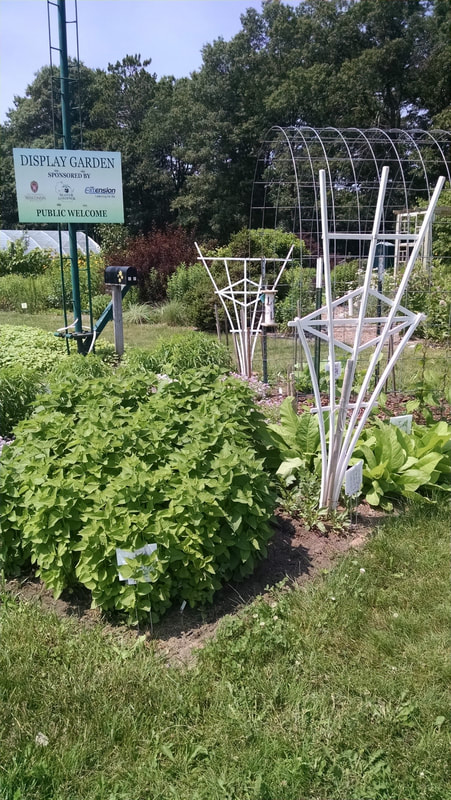
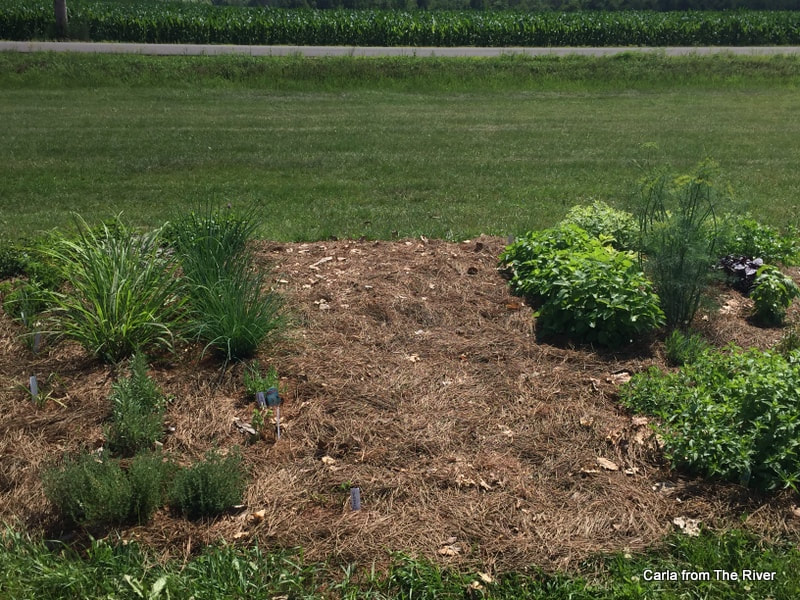

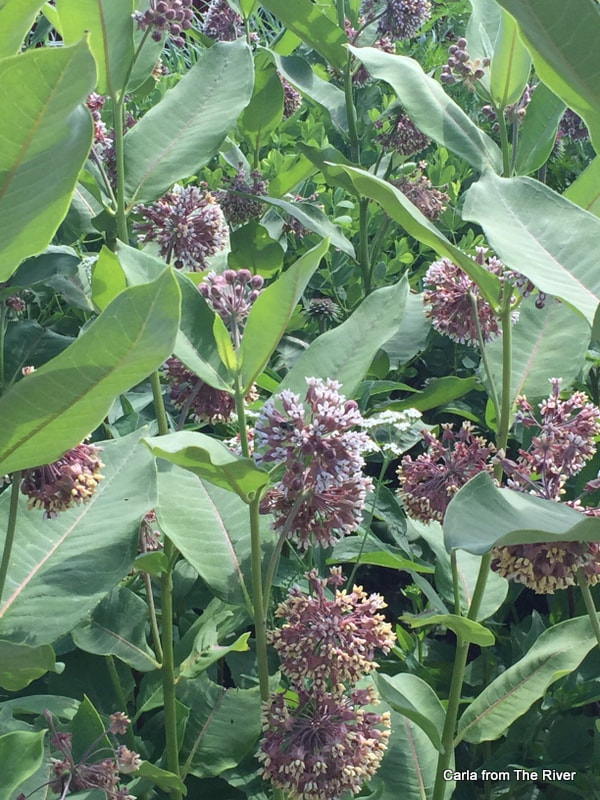
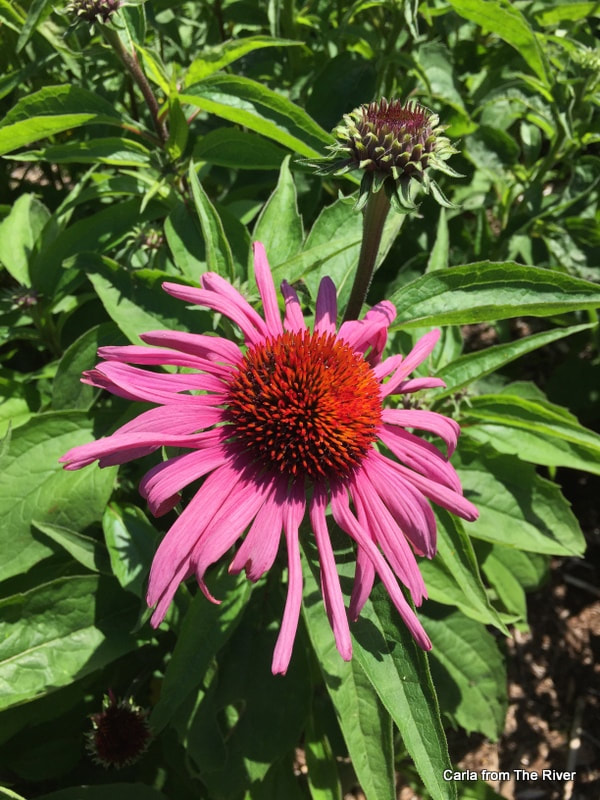

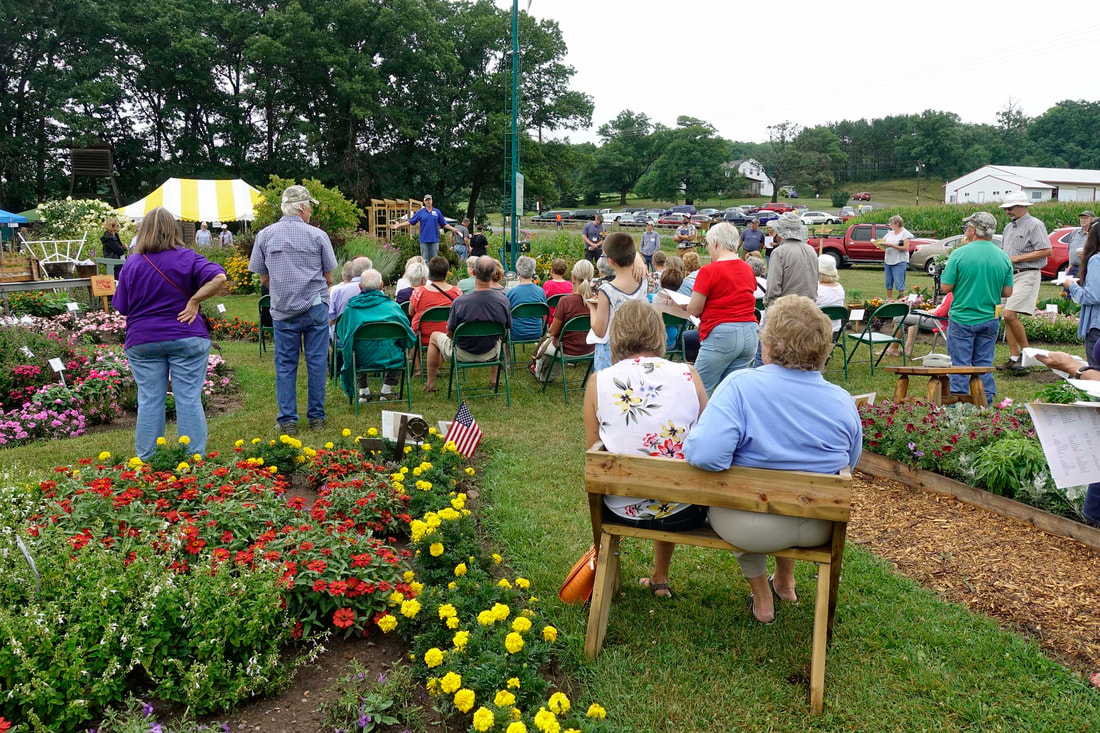
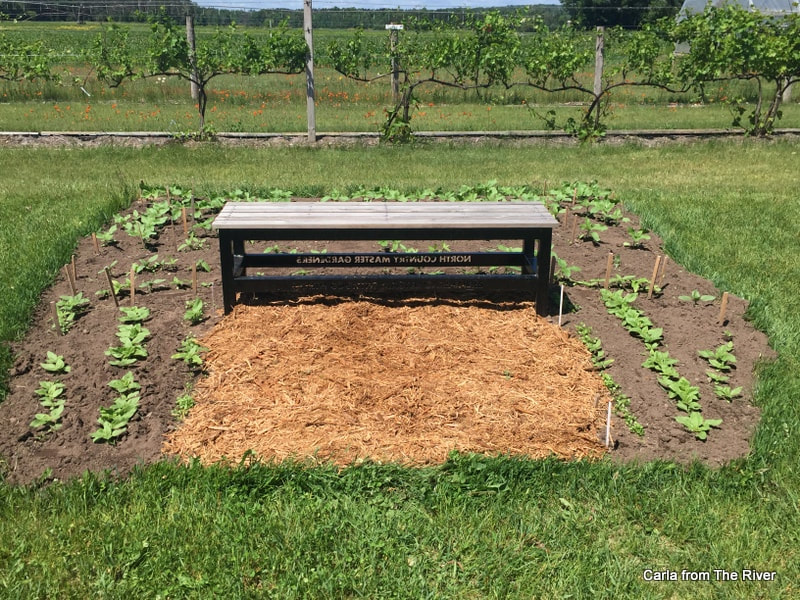
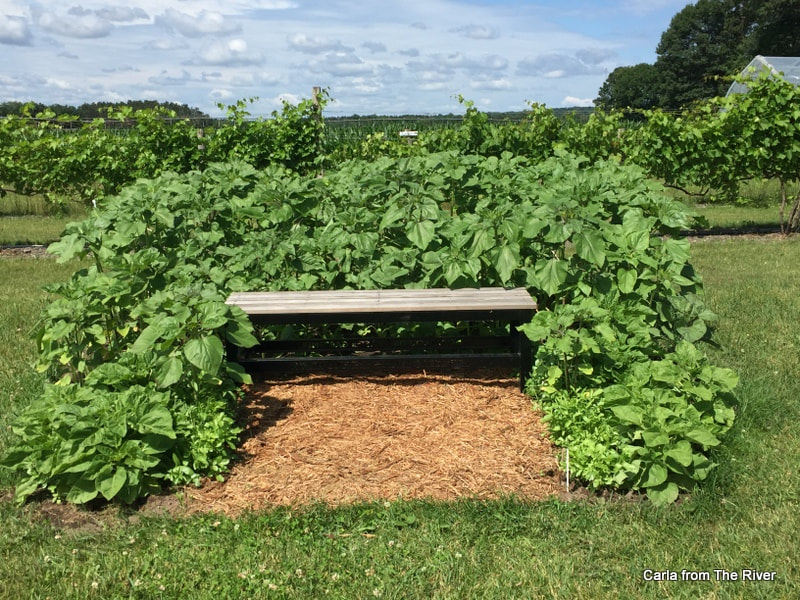
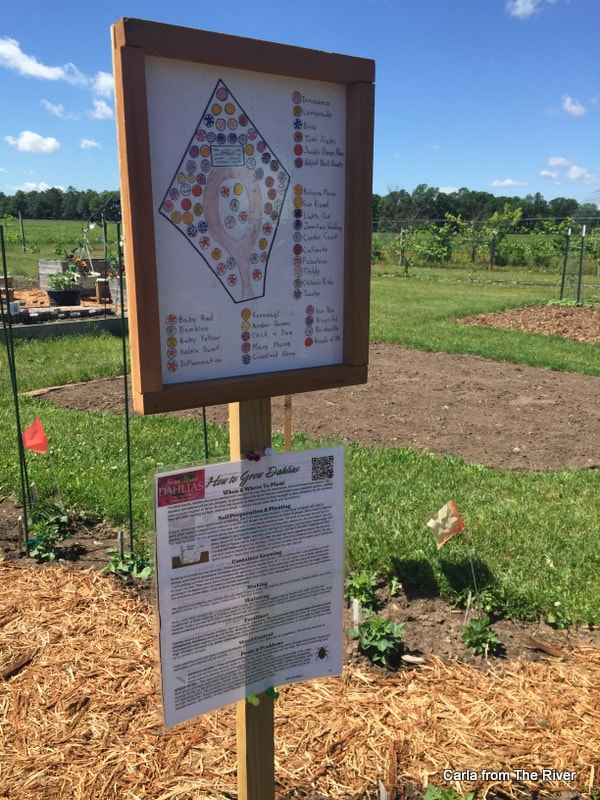
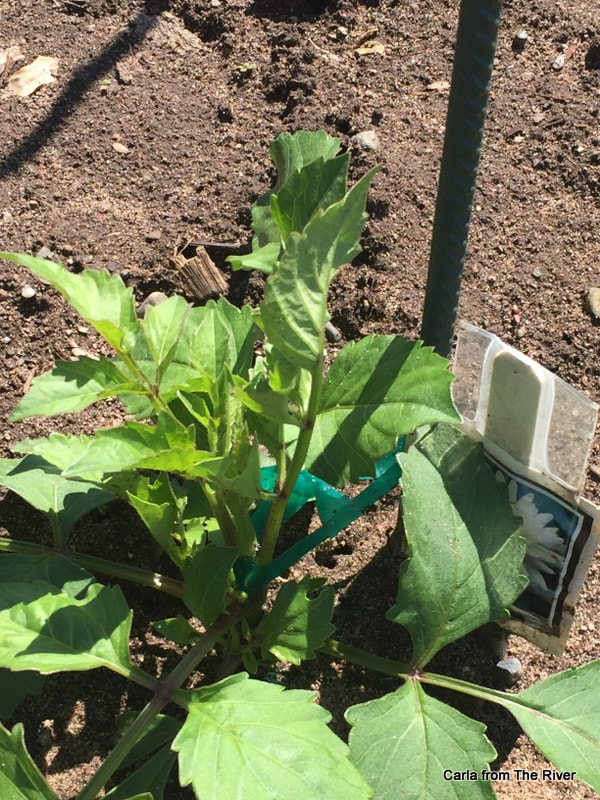
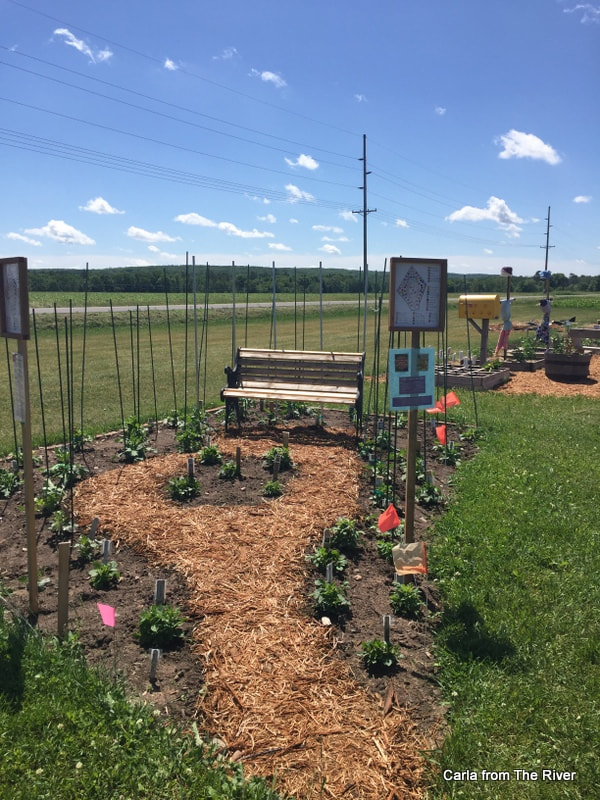
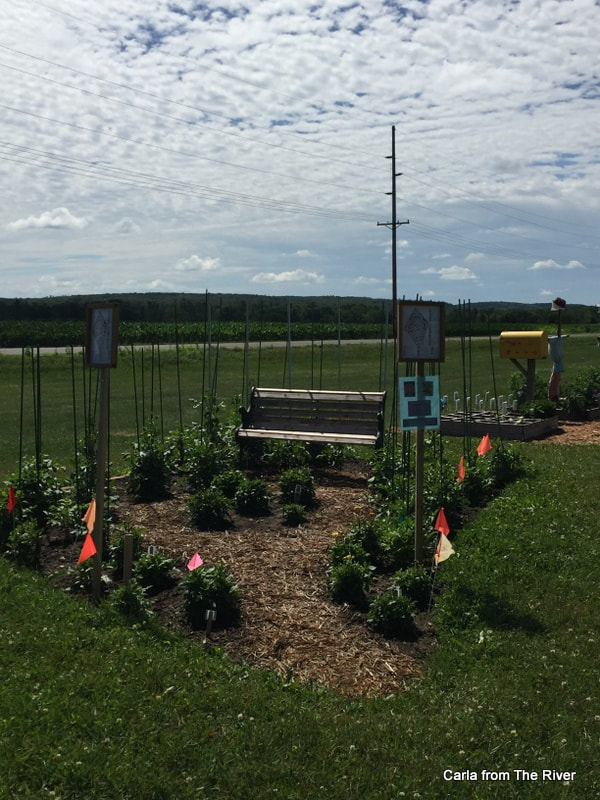

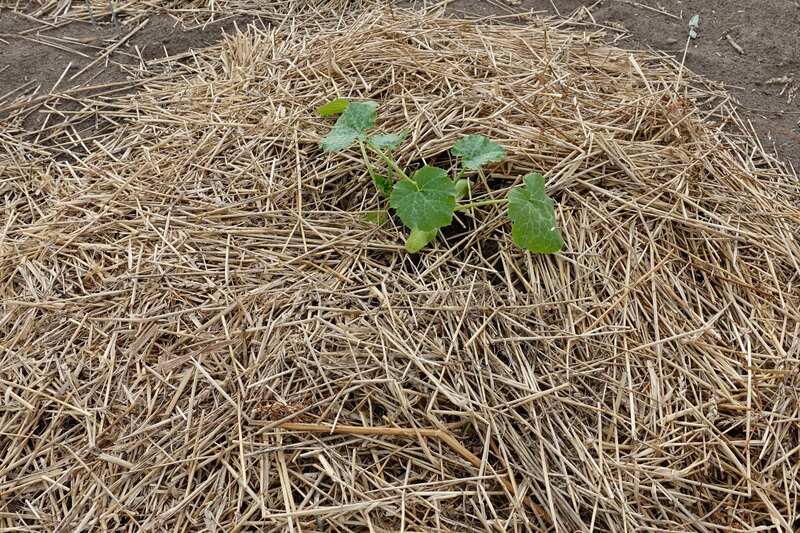
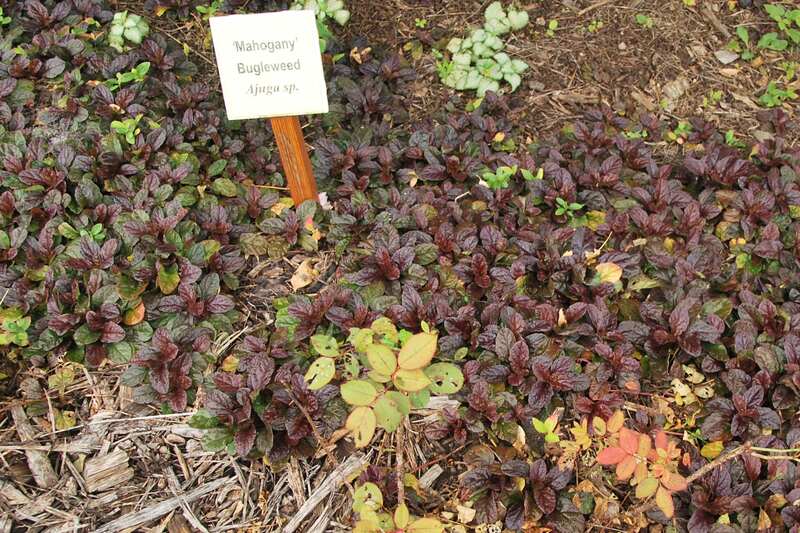
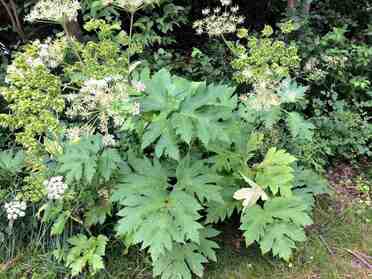
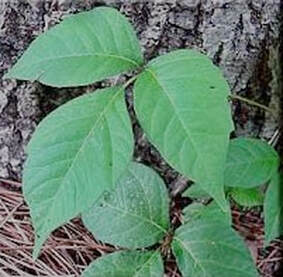
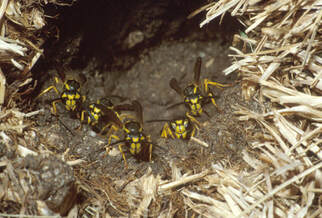
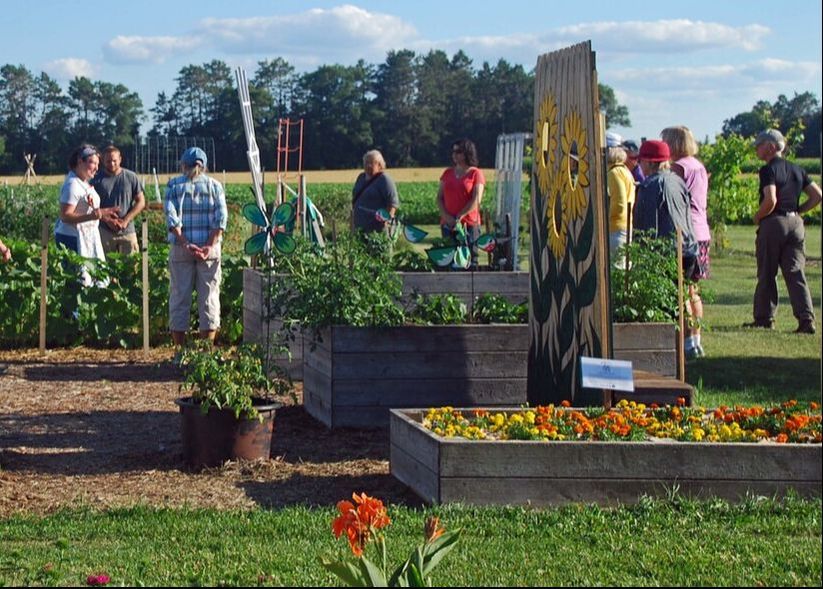
 RSS Feed
RSS Feed